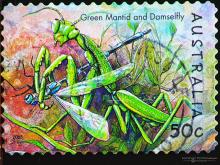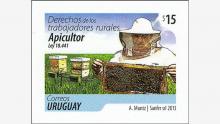Damselflies are being harmed by thiacloprid
- Read more about Damselflies are being harmed by thiacloprid
- Log in to post comments
Damselfly populations are being harmed by insecticides as researchers find the wildlife scourge of neonicotinoids continues to grow. Some chemicals in this group have already been banned by the EU but thiacloprid is still in widespread use. Similar chemicals in the neonicotinoid family have already been tied to severe decline in bee populations and now it appears the damage is more widespread.










